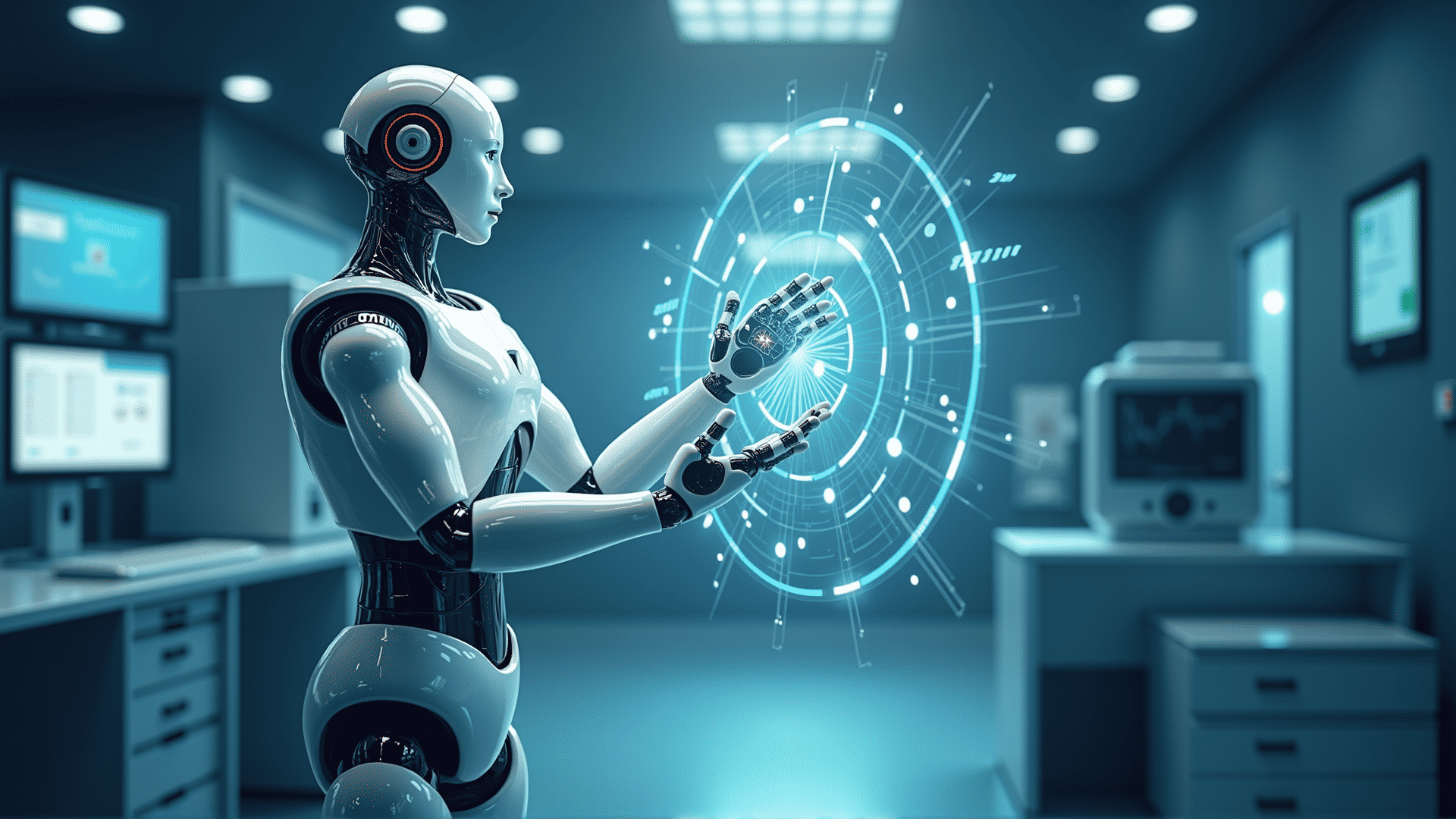In recent years, the fusion of artificial intelligence with robotics has unfolded a realm of promising advancements that are reshaping various aspects of technology and human interaction. This integration of intelligence and mechanical structures offers innovative solutions that enhance efficiency and precision across various sectors.
At the heart of this integration is the ability of AI to analyze and learn from vast amounts of data, enabling robots to perform tasks with a higher degree of autonomy and accuracy. With sensors and cameras, these robots can navigate complex environments, adapt to new tasks, and even predict potential challenges before they occur. This ability is particularly beneficial in environments that are hazardous or challenging for human workers, such as deep-sea exploration or disaster response operations.
One of the pivotal advancements in integrating AI with robotics is in the field of manufacturing. Here, robots equipped with AI can optimize production lines, reducing waste and minimizing errors. They can learn from each cycle and adjust their actions to improve quality and throughput. This not only accelerates production processes but also ensures a consistent output of high-quality products.
The healthcare industry is also seeing profound changes due to this integration. AI-driven robots are assisting in surgeries with unparalleled precision, ensuring minimal invasiveness and quicker recovery times for patients. Additionally, these robots can manage logistics within hospitals, such as distributing medicines or assisting with patient care, allowing healthcare professionals to focus more on critical aspects of their work.
In the realm of autonomous vehicles, AI-powered robotics play an essential role in navigating complex traffic scenarios and making real-time decisions to ensure passenger safety. By processing data from multiple sensors, these vehicles can detect obstacles, predict the actions of other drivers, and adjust their routes efficiently.
Despite these advancements, the integration of AI and robotics does pose certain challenges. Issues such as data privacy, the potential for job displacement, and ethical considerations surrounding decision-making processes in life-critical scenarios require careful examination. As these technologies continue to evolve, a balance must be struck between innovation and ethical responsibility.
Moreover, interdisciplinary collaboration is essential to drive further progress in this field. By bringing together experts from AI, robotics, and various application domains, more tailored and effective solutions can be developed to address specific challenges.
The future of AI and robotics integration is bright, with continuous research and development paving the way for robots that not only perform tasks but also interact naturally with humans, transforming the way we live and work. By harnessing the combined power of artificial intelligence and mechanical ingenuity, society can look forward to smarter solutions that enhance our capabilities and improve the quality of life.
